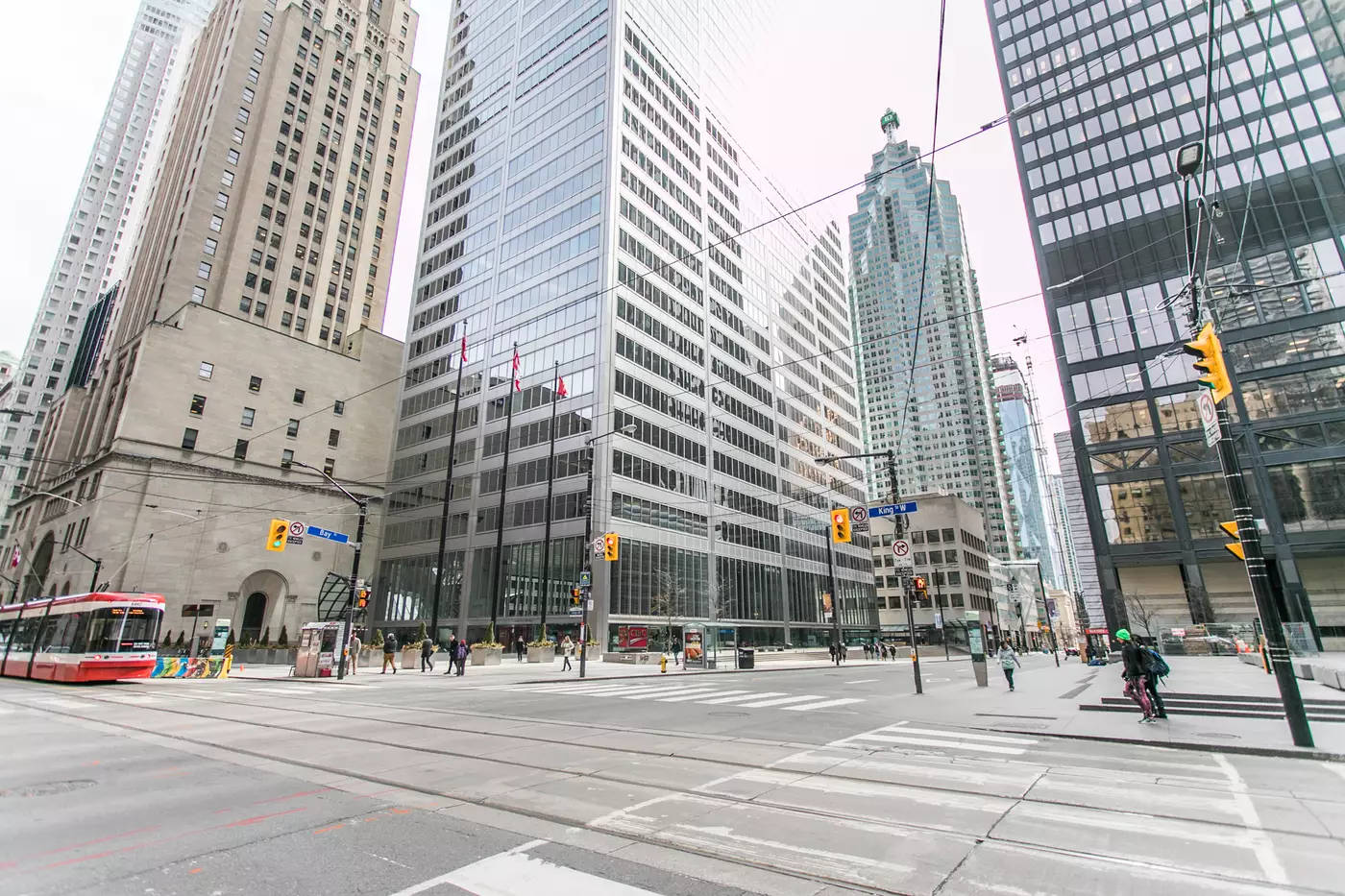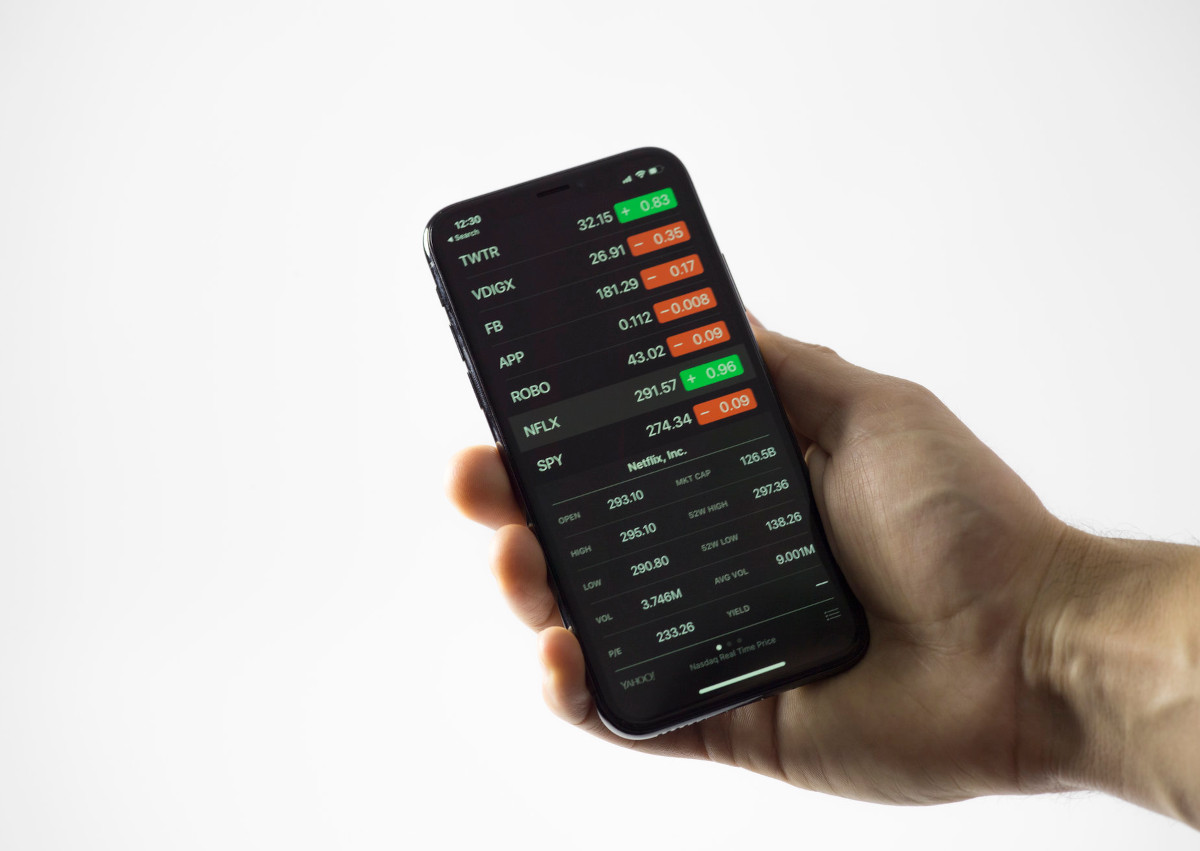(VIANEWS) – MetLife (MET), Black Hills Corporation (BKH), WVS Financial Corp. (WVFC) are the highest payout ratio stocks on this list.
We have congregated information about stocks with the highest payout ratio up until now. The payout ratio in itself isn’t a guarantee of good investment but it’s an indicator of whether dividends are being paid and how the company chooses to distribute them.
When researching a potential investment, the dividend payout ratio is a good statistic to know so here are a few stocks with an above 30% percent payout ratio.
1. MetLife (MET)
68.04% Payout Ratio
MetLife, Inc., a financial services company, provides insurance, annuities, employee benefits, and asset management services worldwide. It operates through five segments: U.S.; Asia; Latin America; Europe, the Middle East and Africa; and MetLife Holdings. The company offers life, dental, group short-and long-term disability, individual disability, pet insurance, accidental death and dismemberment, vision, and accident and health coverages, as well as prepaid legal plans; administrative services-only arrangements to employers; and general and separate account, and synthetic guaranteed interest contracts, as well as private floating rate funding agreements. It also provides pension risk transfers, institutional income annuities, structured settlements, and capital markets investment products; and other products and services, such as life insurance products and funding agreements for funding postretirement benefits, as well as company, bank, or trust-owned life insurance used to finance nonqualified benefit programs for executives. In addition, it provides fixed, indexed-linked, and variable annuities; and pension products; regular savings products; whole and term life, endowments, universal and variable life, and group life products; longevity reinsurance solutions; credit insurance products; and protection against long-term health care services. MetLife, Inc. was founded in 1863 and is headquartered in New York, New York.
Earnings Per Share
As for profitability, MetLife has a trailing twelve months EPS of $5.68.
PE Ratio
MetLife has a trailing twelve months price to earnings ratio of 12.45. Meaning, the purchaser of the share is investing $12.45 for every dollar of annual earnings.
The company’s return on equity, which measures the profitability of a business relative to shareholder’s equity, for the twelve trailing months is 5.38%.
Sales Growth
MetLife’s sales growth is negative 3.9% for the ongoing quarter and negative 6.3% for the next.
Volume
Today’s last reported volume for MetLife is 2399460 which is 35.73% below its average volume of 3733490.
Previous days news about MetLife (MET)
- According to Zacks on Thursday, 23 February, "Adjusted operating revenues of MetLife amounted to $15,836 million, which decreased 21.6% year over year. ", "MET expects its MetLife Holdings’ adjusted premiums, fees and other revenues to decline 12-14% in 2023 and then 6-8% per annum. "
2. Black Hills Corporation (BKH)
60.71% Payout Ratio
Black Hills Corporation, through its subsidiaries, operates as an electric and natural gas utility company in the United States. It operates through four segments: Electric Utilities, Gas Utilities, Power Generation, and Mining. The Electric Utilities segment generates, transmits, and distributes electricity to approximately 216,000 electric customers in Colorado, South Dakota, and Wyoming, as well as provides electrical system construction services to large industrial customers. This segment owns 992 megawatts of generation capacity and 8,892 miles of electric transmission and distribution lines. The Gas Utilities segment distributes natural gas to approximately 1,083,000 natural gas utility customers in Arkansas, Colorado, Iowa, Kansas, Nebraska, and Wyoming. It also provides appliance repair services to residential customers; and constructs and maintains gas infrastructure facilities for gas transportation customers. This segment owns and operates approximately 4,774 miles of intrastate gas transmission pipelines; 41,838 miles of gas distribution mains and service lines; seven natural gas storage sites; and approximately 49,000 horsepower of compression and 560 miles of gathering lines. The Power Generation segment produces electric power through wind, natural gas, and coal-fired generating plants; and sells the electric capacity and energy primarily to utilities under long-term contracts. The Mining segment produces coal at its coal mine located near Gillette, Wyoming; and sells the coal to electric generation facilities. Black Hills Corporation was incorporated in 1941 and is headquartered in Rapid City, South Dakota.
Earnings Per Share
As for profitability, Black Hills Corporation has a trailing twelve months EPS of $3.97.
PE Ratio
Black Hills Corporation has a trailing twelve months price to earnings ratio of 16.3. Meaning, the purchaser of the share is investing $16.3 for every dollar of annual earnings.
The company’s return on equity, which measures the profitability of a business relative to shareholder’s equity, for the twelve trailing months is 9.06%.
Earnings Before Interest, Taxes, Depreciation, and Amortization
Black Hills Corporation’s EBITDA is 3.48.
Yearly Top and Bottom Value
Black Hills Corporation’s stock is valued at $64.72 at 19:23 EST, way under its 52-week high of $80.95 and higher than its 52-week low of $59.08.
3. WVS Financial Corp. (WVFC)
55.56% Payout Ratio
WVS Financial Corp. operates as the bank holding company for West View Savings Bank that provides various banking products and services to individuals and businesses. The company accepts various deposit products, such as regular savings accounts, demand accounts, negotiable order of withdrawal accounts, money market deposit accounts, and certificates of deposit, as well as individual retirement account certificates. Its loan products include single-family and multi-family residential real estate loans; commercial real estate loans; construction loans; consumer loans, such as home equity loans, home equity lines of credit, loans secured by deposit accounts, and personal and education loans; commercial loans comprising loans secured by accounts receivable, marketable investment securities, business inventory and equipment, and related collaterals; and land acquisition and development loans. The company operates six offices in the North Hills suburbs of Pittsburgh, Pennsylvania. WVS Financial Corp. was founded in 1993 and is based in Pittsburgh, Pennsylvania.
Earnings Per Share
As for profitability, WVS Financial Corp. has a trailing twelve months EPS of $0.72.
PE Ratio
WVS Financial Corp. has a trailing twelve months price to earnings ratio of 19.19. Meaning, the purchaser of the share is investing $19.19 for every dollar of annual earnings.
The company’s return on equity, which measures the profitability of a business relative to shareholder’s equity, for the twelve trailing months is 3.14%.
Volume
Today’s last reported volume for WVS Financial Corp. is 1 which is 99.81% below its average volume of 540.
Revenue Growth
Year-on-year quarterly revenue growth grew by 2.8%, now sitting on 5.28M for the twelve trailing months.
4. Old Second Bancorp (OSBC)
40.82% Payout Ratio
Old Second Bancorp, Inc. operates as the bank holding company for Old Second National Bank that provides community banking services. It provides demand, NOW, money market, savings, time deposit, individual retirement, and checking accounts, as well as certificate of deposit accounts. The company also offers commercial loans; lease financing receivables; commercial real estate loans; construction loans; residential real estate loans, such as residential first mortgage and second mortgage loans; home equity line of credit; consumer loans, including motor vehicle, home improvement, and signature loans; installment and agricultural loans; residential mortgages; and overdraft checking. Further, it provides safe deposit services; trust and wealth management services; and money orders, cashier's checks, foreign currency, direct deposits, discount brokerage, debit and credit cards, and other services, as well as acquires the U.S. treasury notes and bonds. In addition, the company offers online and mobile banking; corporate cash management products, including remote and mobile deposits capture, investment sweep accounts, zero balance accounts, automated tax payments, automatic teller machines access, telephone banking, lockbox accounts, automated clearing house transactions, account reconciliation, controlled disbursement, detail and general information reporting, foreign and domestic wire transfers, and vault services for currency and coin; and investment, agency, and custodial services for individual, corporate, and not-for-profit clients. It operates through 63 banking centers in Cook, DeKalb, DuPage, Kane, Kendall, LaSalle, and Will counties in Illinois. Old Second Bancorp, Inc. was incorporated in 1981 and is headquartered in Aurora, Illinois.
Earnings Per Share
As for profitability, Old Second Bancorp has a trailing twelve months EPS of $1.31.
PE Ratio
Old Second Bancorp has a trailing twelve months price to earnings ratio of 13.16. Meaning, the purchaser of the share is investing $13.16 for every dollar of annual earnings.
Sales Growth
Old Second Bancorp’s sales growth is 73% for the present quarter and 36.5% for the next.
Dividend Yield
As maintained by Morningstar, Inc., the next dividend payment is on Oct 26, 2022, the estimated forward annual dividend rate is 0.2 and the estimated forward annual dividend yield is 1.38%.
5. RPM International (RPM)
39.32% Payout Ratio
RPM International Inc. manufactures and sells specialty chemicals for the industrial, specialty, and consumer markets worldwide. It offers waterproofing, coatings, and institutional roofing systems; sealants, air barriers, tapes, and foams; residential home weatherization systems; roofing and building maintenance and related services; sealing and bonding, and flooring and in-plant glazing solutions; solutions for fire stopping and intumescent steel coating, and the manufacturing industry; rolled asphalt roofing materials and chemical admixtures; concrete and masonry admixtures, concrete fibers, curing and sealing compounds, structural grouts and mortars, epoxy adhesives, injection resins, polyurethane foams, floor hardeners and toppings, joint fillers and sealants, industrial and architectural coatings, decorative color/stains/stamps, and restoration materials; and insulated building cladding materials and concrete form wall systems. It also provides polymer flooring systems; fiberglass reinforced plastic gratings and shapes; corrosion-control coating, containment lining, fire and sound proofing, and insulation products; and specialty construction products; and amine curing agents, reactive diluents, specialty epoxy resins and other intermediates. In addition, it offers fluorescent colorants and pigments; shellac-based-specialty and marine coatings; fire and water damage restoration, and carpet cleaning and disinfecting products; fuel additives; wood treatments, furniture finishes, and touch-up products; and nail enamels, polishes, and coating components. Further, it offers specialty products for paint contractors and the DIYers, deck and fence restoration products, metallic and faux finish coatings, exterior wood deck and concrete restoration systems, flooring finishes, and hobby paints and cements; and caulk, sealant, adhesive, insulating foam, spackling, glazing, and patch and repair products. The company was founded in 1947 and is headquartered in Medina, Ohio.
Earnings Per Share
As for profitability, RPM International has a trailing twelve months EPS of $3.5.
PE Ratio
RPM International has a trailing twelve months price to earnings ratio of 24.86. Meaning, the purchaser of the share is investing $24.86 for every dollar of annual earnings.
The company’s return on equity, which measures the profitability of a business relative to shareholder’s equity, for the twelve trailing months is 27.15%.
Yearly Top and Bottom Value
RPM International’s stock is valued at $86.97 at 19:23 EST, way under its 52-week high of $106.50 and way above its 52-week low of $74.56.
6. Mercantile Bank Corporation (MBWM)
32.73% Payout Ratio
Mercantile Bank Corporation operates as the bank holding company for Mercantile Bank of Michigan that provides commercial and retail banking services for small- to medium-sized businesses and individuals in the United States. It accepts various deposit products, including checking, savings, and term certificate accounts; time deposits; and certificates of deposit. The company also offers commercial, residential mortgage, and instalment loans; vacant land, land development, and residential construction loans; owner and non-owner occupied, and multi-family and residential rental property real estate loans; single-family residential real estate loans; home equity line of credit programs; and consumer loans, such as loans for new and used automobiles, boats, and credit cards, as well as overdraft protection services. In addition, it provides courier services and safe deposit facilities; repurchase agreements; and insurance products, such as private passenger automobile, homeowners, personal inland marine, boat owners, recreational vehicle, dwelling fire, umbrella policies, small business, and life insurance products, as well as owns 27 automated teller machines and 13 video banking machines. The company operates 44 banking offices. Mercantile Bank Corporation was incorporated in 1997 and is headquartered in Grand Rapids, Michigan.
Earnings Per Share
As for profitability, Mercantile Bank Corporation has a trailing twelve months EPS of $3.85.
PE Ratio
Mercantile Bank Corporation has a trailing twelve months price to earnings ratio of 9.04. Meaning, the purchaser of the share is investing $9.04 for every dollar of annual earnings.
The company’s return on equity, which measures the profitability of a business relative to shareholder’s equity, for the twelve trailing months is 13.6%.





